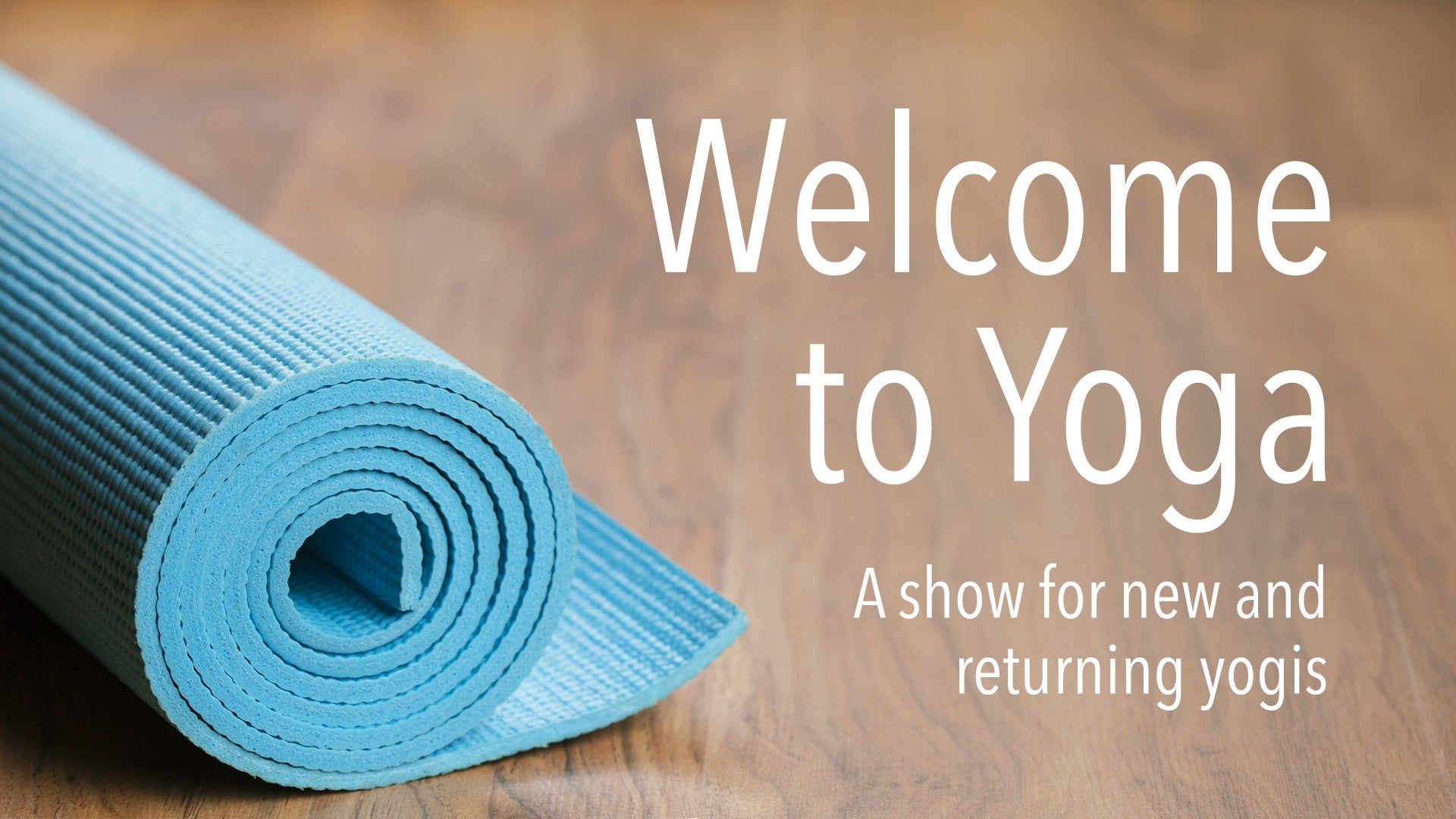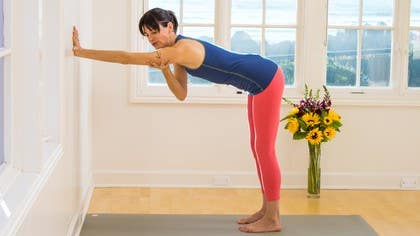Description
About This Video
Transcript
Read Full Transcript
(waves rolling) Hello and welcome. This is a short practice to teach Ujjayi breath. Ujjayi is a breath that is used in certain kinds of yoga practices. It's used in the Ashtanga practice. It's sometimes used in the Vinyasa or Flow practices.
In Iyengar yoga, it's often done separated from the physical poses, and it's a breath that has a sound to it. And I'd like to just explore it with you a little bit today as a way of giving you a tool that you can use. What I love about Ujjayi breath is it's one more way for me to anchor my attention into my body. Sometimes my Downward Facing Dog isn't quite enough. My mind still wants to escape to that thing that I said yesterday that I wish I wouldn't have said.
But adding Ujjayi breath to my practice oftentimes soothes my mind. I always think about one student that I had. She was about sixty-something-year-old woman, and she was a busy woman. And she had a lot going on, and I taught her this breath, and instantaneously, it was the key in to her practice. That may or may not be your case.
It might be a little bit of an evolution, but I just want to give it to you as one more thing to have in your yoga toolbox. So the breath sounds a little bit like when you listen to a seashell, or I've also heard it described as a mini Darth Vader. Take a big breath in. And then open your mouth and (breathing out with fogging sound) Make that sound like you're fogging up a mirror. Then do it a few times.
(breathing out with fogging sound) So that's the sound of the Ujjayi breath. And you want it to be sounded enough that maybe somebody close to you could hear but not somebody way across the room. If you overdo it, it can strain your throat and become stressful on your nervous system. So it's kind of a light touch that you want to work with this breath. Most always in yoga, we breathe in and out through the nose because breathing in and out through the nose cleanses the breath.
It slows down the breath, and it regulates the temperature of the breath. So in and out through the nose is almost always what we do. When we create the Ujjayi breath, we close the back of the throat slightly. And that's how the sound happens. When you close the back of your throat, it slows down the breath even more which then slows down the nervous system.
It's calming. So breathe in. This time see if you can make that same (breathing out) aspirant sound, but keep your mouth closed, a little closure in the throat. (breathing sound) And then just a free open inhalation. (inhaling) And again find a little closure in the throat.
(exhaling) And now see if you can make the similar noise. It's different but similar on the inhalation. (inhaling and exhaling) If it's a struggle for you, you can go back to (exhaling) the feeling of fogging up a mirror. (exhaling) With the mouth open just to get the sound again. And it's completely fine, keep going if you can.
It's completely fine if this is a little confusing or doesn't quite work for you. Learning is a process. It can be a clunky process, and then if you decide it's something you want to practice, you keep at it, and one day it's just part of your fabric of your being. Try a couple more. (inhaling and exhaling) And then do a breath without that closure.
Feel the difference. And another one with the sound. (inhaling and exhaling) Another without the sound. One more with the Ujjayi victorious breath sound. (inhaling and exhaling) And then let your eyes gently open.
So what's interesting to me about being a yogi is to be flexible, not only in my body but in my mind. And be able to move in and out of Ujayyi breath as I need it on any given day and any given practice at any given moment. It's a practice that I've done on crowded subways when I start to feel a little claustrophobic from the inside. It gives me a little space. I mean claustrophobic from the outside.
It gives me a little bit of space on the inside. Keep practicing. Carry on. Namaste. Thank you very much.






You need to be a subscriber to post a comment.
Please Log In or Create an Account to start your free trial.